Series Paints "Poplars" - Claude Monet
Monet described a particular theme in different weather conditions prior to the "Poplar Series". In the 1890 - 1891s he studied the same themed impressionist works in a different time and light conditions. He worked on a series of haystack (Strawbale) artifacts in the Giverny fields. He made pictures of the poplars on the Epte coast in different hours and seasons. In spite of the neat and massive forms of the "haystack", the poplars were more linear. Monet, developed a grating pattern from the vertical lines of the trees to the sky, the horizontal lines of the river bank and the vertical lines of the trees reflected in the water. He described the weather conditions like the autumn sun on this grid.
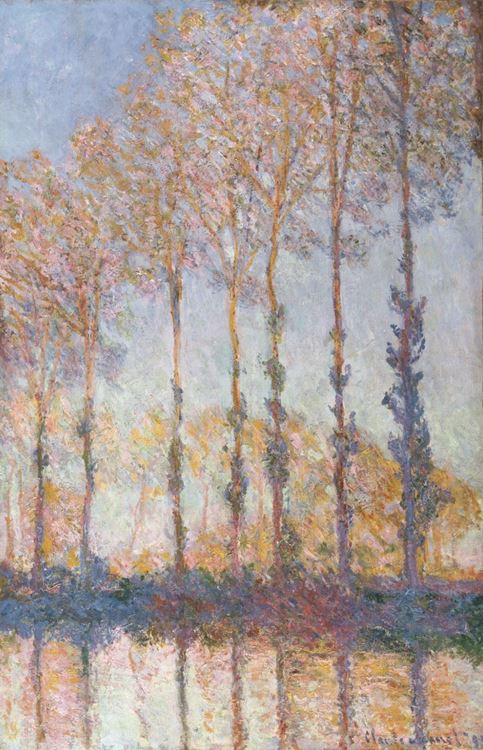
Poplars on the Bank of the Epte River, 1891, Museum of Art, Philadelphia, US.
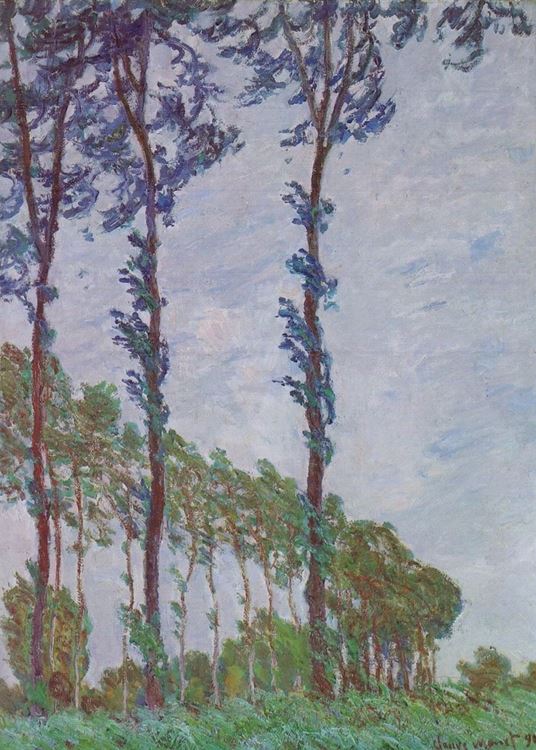
Poplars, Wind Effect, 1891, Musée d’Orsay, Paris, France.
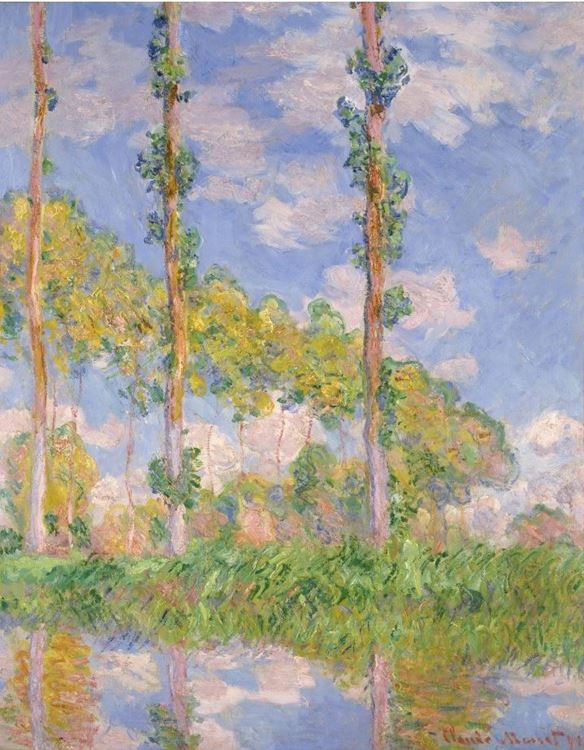
Poplars in the Sun, 1891, The National Museum of Western Art, Tokyo, Japan.
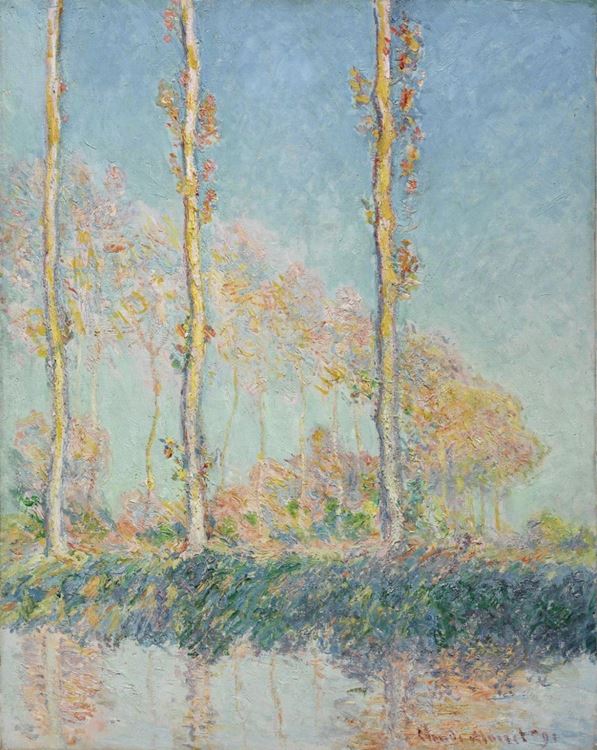
Poplars, 1891, Museum of Art, Philadelphia, US.
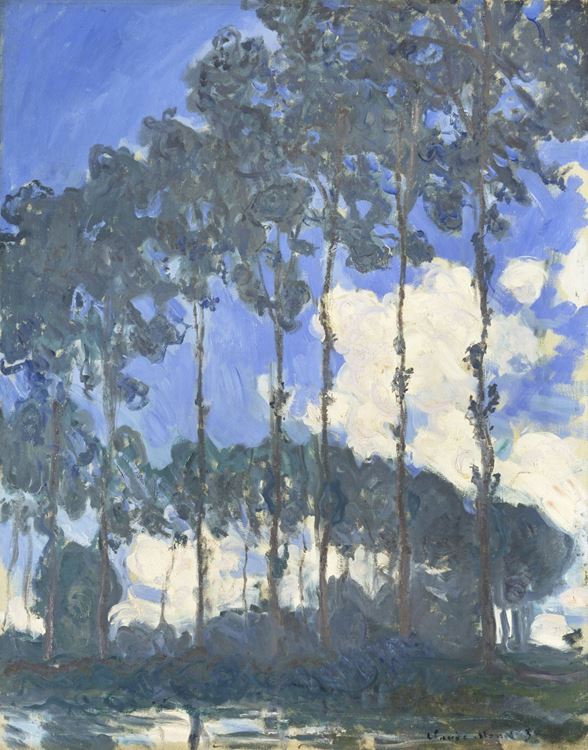
Poplars on the Epte, 1891, Tate Modern, London, UK.
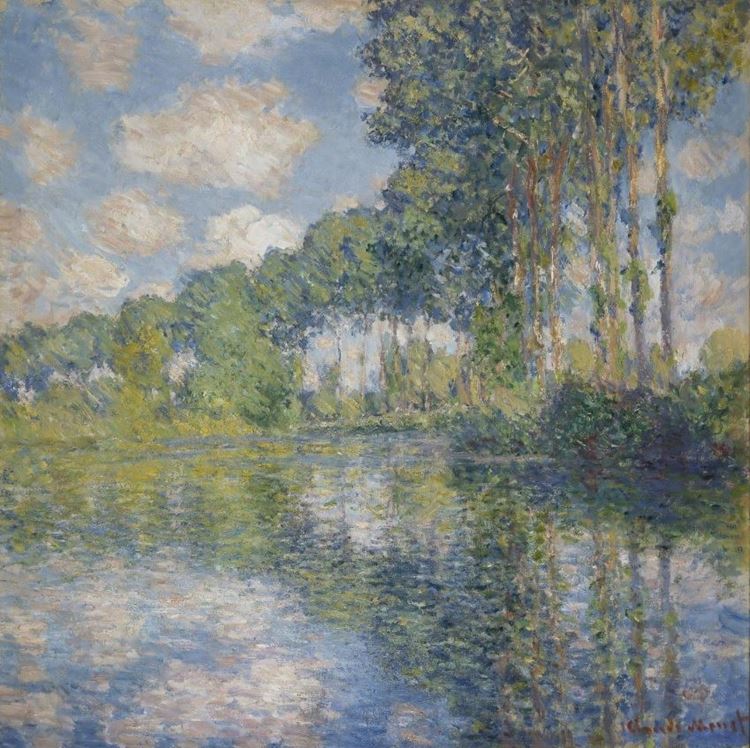
Poplars on the Epte, 1891, National Gallery of Scotland, Edinburgh, Scotland.
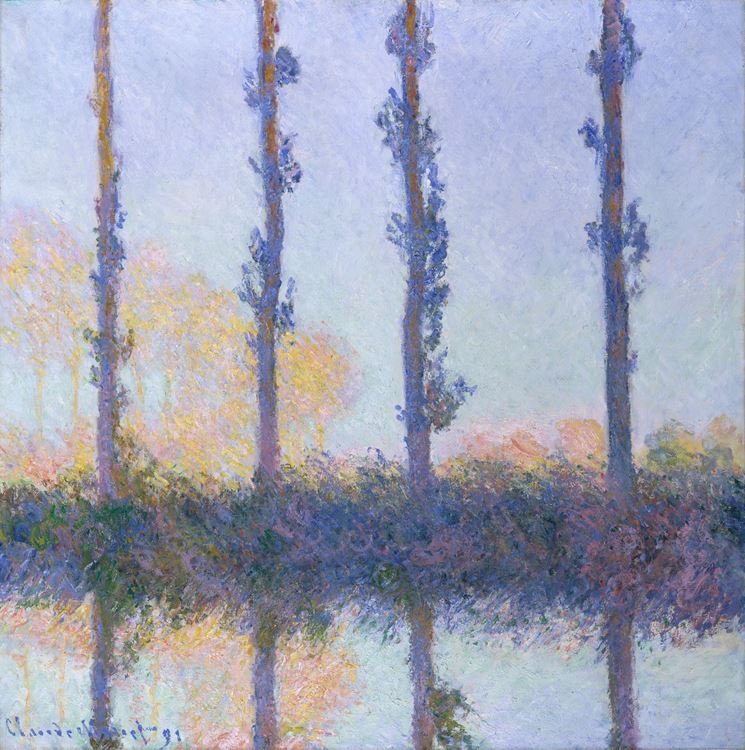
The Four Trees, 1891, The Metropolitan Museum of Art, New York, US.
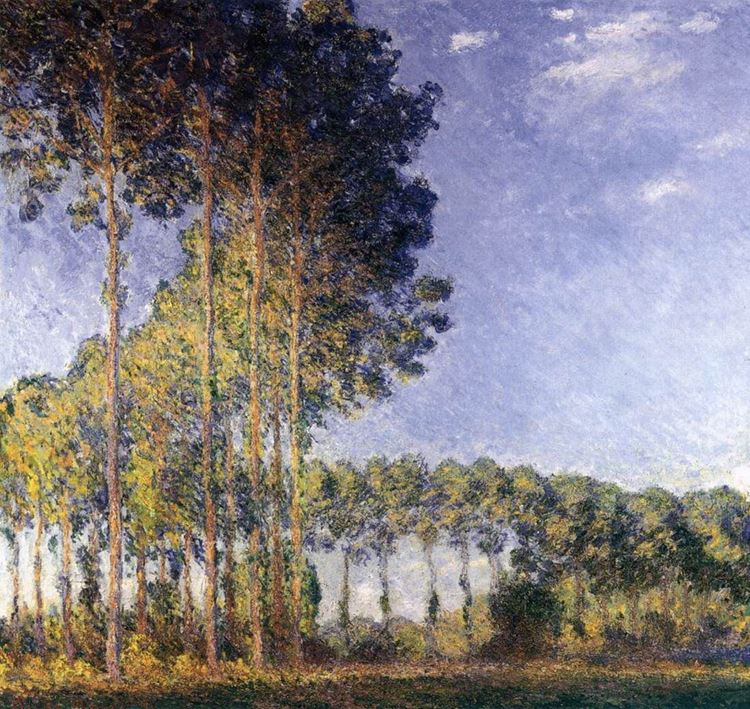
Poplars at the Banks of Epte, 1891, Private collection.
Series Paints "Haystack" - Claude Monet
Bibliography;
Heinrich, C., (2006). Monet, Birinci Basım, Taschen/Remzi Kitabevi, İstanbul.
Newall, D., (2014). Empresyonistler Ayrıntıda Sanat, İkinci Basım, Türkiye İş Bankası Kültür Yayınları, İstanbul.












